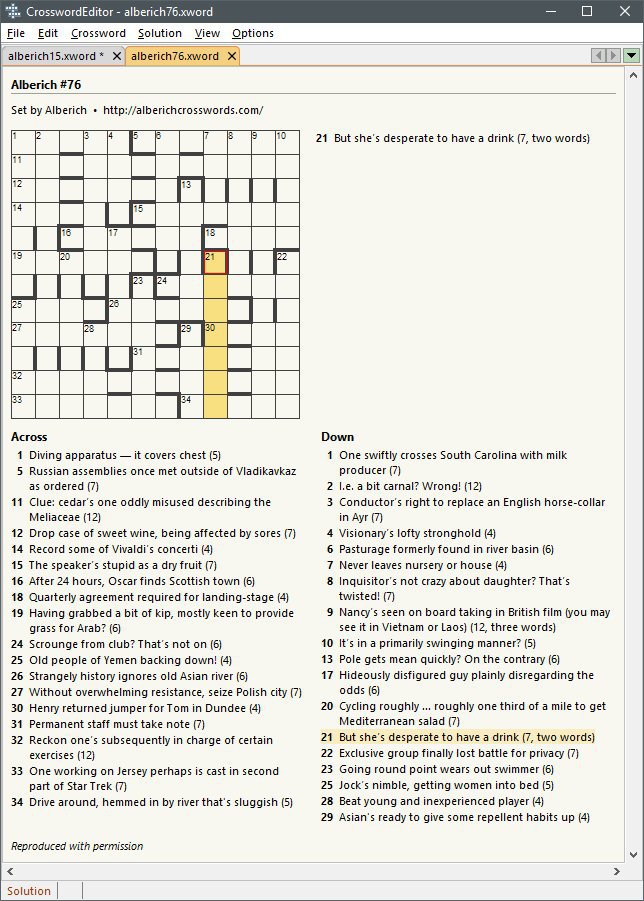


A tournament judge tapped Dan Feyer on the shoulder, and he began. One of his puzzles clued PENIS as “The _ mightier … ” In 2016, the paper published a brilliant puzzle by Ben Tausig in which four squares could be correctly filled with either an M or an F. Dan, begin, said Will Shortz, New York Times crossword editor and tournament impresario. “Crosswords that never evolve would be boring.” Horne said that Shortz has livened up the art form in his quarter century at the Times, in part by introducing brand names, pop culture, and slang. “Shortz sometimes courts controversy by pushing the envelope in ways that spark discussion,” Jim Horne, who created Xword Info, told me by email. Shortz deserves credit for maintaining that status and for innovating in ways puzzlers now take for granted. The Times puzzle attracts so much grumbling in large part because it is the gold standard. “Even if BEANER punches just a small number of solvers, that makes it worth changing.”īy listening just a little more attentively to readers, the NYT crossword puzzle could feel more at home in 2019. If it’s a clunker on its own terms and offends a significant share of puzzlers, why use it? “Puzzles ought to be enjoyable, a smile-inducing diversion from the daily struggles of life,” Chen wrote.

A pitch at someone’s head is more often called a “beanball,” so it’s not even a common baseball phrase. But he can understand why others use it in puzzles, since “a chink in one’s armor” is a common expression. Reader rage The Daily crossword has changed hands numerous times. He takes offense to the use of CHINK in puzzles, he wrote on the site he runs, XWord Info. 3 hours ago &0183 &32 The New York Times Crossword is one of the most popular crosswords in the western world and was first published on the 15th of February 1942. Margaret Farrar, the first crossword editor for the Times, decidedthat the world needed a distraction from the tragedies. Chen, who cautioned Shortz against using the word and called it an “ugly blot” on the puzzle, approaches borderline words like this differently. He mentioned entries like “GO O.K.,” which has been clued as “Proceed all right” but is a slur when the letters are taken together. Shortz’s defense was that “any benign meaning of a word is fair game for a crossword” (emphasis his). Still, the Oxford English Dictionary characterizes it as “ offensive.” Suffice to say, it’s a word that’s better for almost everyone to avoid. When the comedian Carlos Mencia used it in his act in the early 2000s, the Washington Post called it “ a term in transition”: a derogatory word in the process of being reclaimed, with a linguistic journey that sometimes ends in mainstream acceptability ( queer) and sometimes does not (the N-word). It’s true that “beaner” is a somewhat antiquated term-it originated with insults like “bean-eater”-and it’s perfectly plausible that Shortz wasn’t familiar with it.


 0 kommentar(er)
0 kommentar(er)
